Top 10 Most Important Interior Design Principles
We’ve put together a helpful list with the top 10 most important interior design principles, that are commonly overlooked or forgotten about. Here at The Rug Seller we don’t just believe that interior design is for the experts but in fact is something we can all be apart of. Learn what furniture to get rid of, what to look for when decorating, how to enjoy a DIY look and how to avoid common mistakes.
1. Creative Lighting
You want to do everything you can to keep your home feeling light and spacious. Decorative lighting creates mood and meaning within a home and mirrors can be used to reflect light into dark areas of a room. A mirror can even be used as a type of focal point; depending on the style, size and shape.
2. Choice of Colour
Colour is a deeply personal thing. What makes you swoon might not be someone else’s cup of tea. Interesting, right? It has a huge impact on the mood and atmosphere and colour should be picked last to complement your choice of furnishings.
3. Add a Focal Point
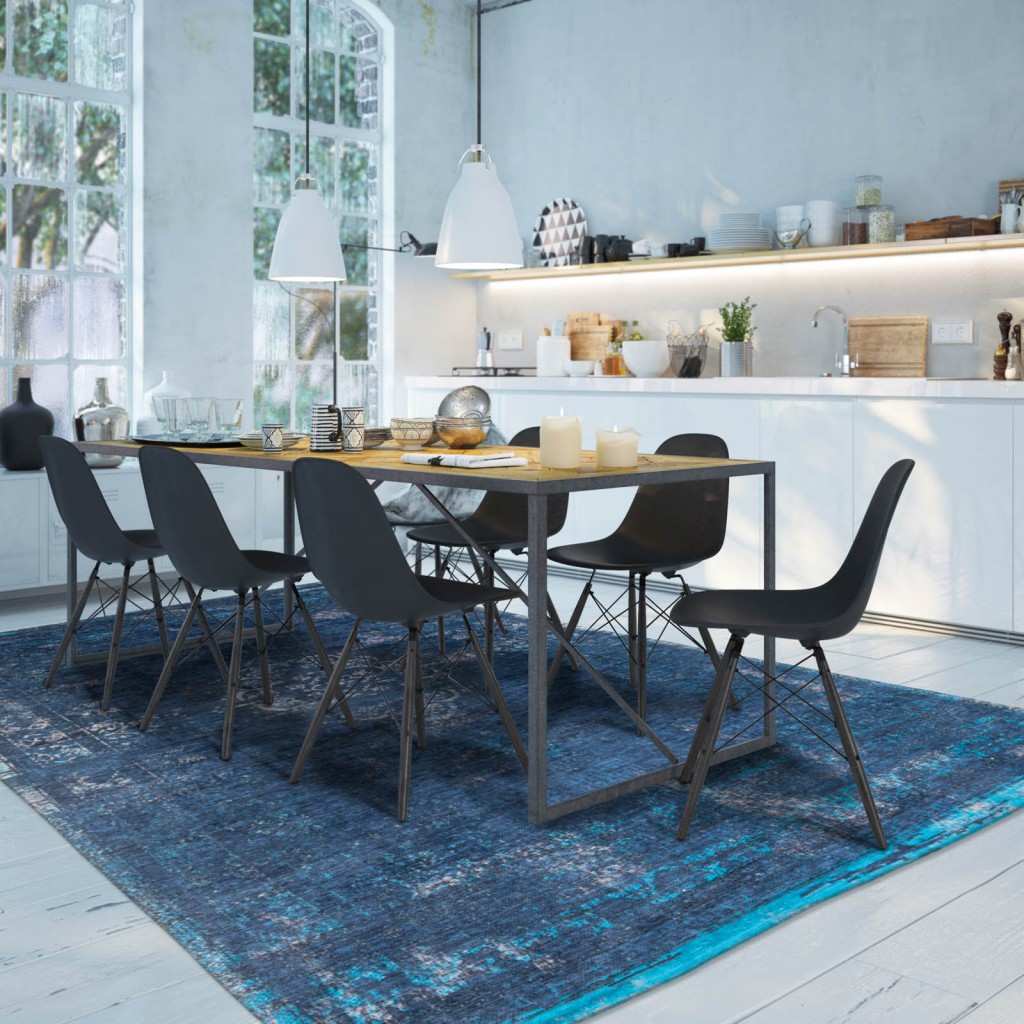
It makes sense, right? A focal point draws attention to the home and to your guests’ eyes. A fireplace, rug, art or feature wall are examples that come to mind when thinking of a room’s focal point. If you don’t have a natural focal point in your space, you can create one.
4. Scale & Proportion
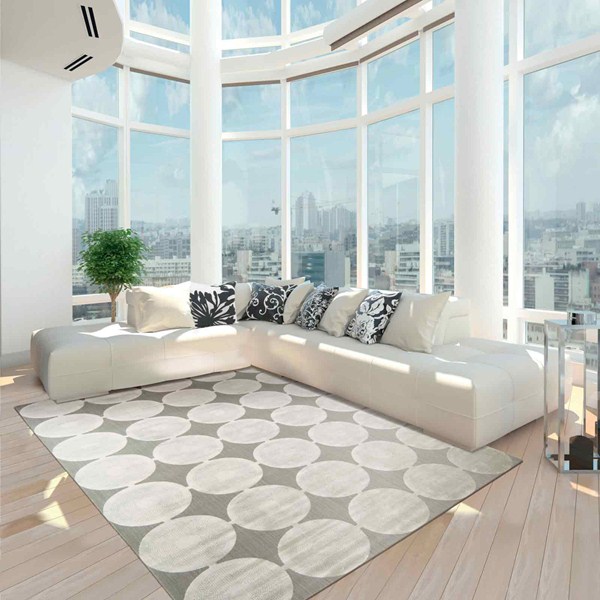
In our experience, these two points complement each other as both relate to size and layout. What looks good in the store may look like an eyesore in the room when you bring it home. Or it’s too tiny to be of any significance. So always vary scale and proportion.
5. Balance
Everyone knows that you should give your room an even distribution of weight enabling something to remain at equal distribution of visual weight in a room. There are 3 types of balance: Symmetrical balance, Asymmetrical balance and Radial symmetry.
6. Rhythm
Rhythm in design is all about creating patterns of repetition and contrast to create visual interest. For instance, you can establish a rhythm by using a colour in the pillows or echoing it in a rug. These repetitions will help carry your eye around the room.
7. Harmony
You can create harmony by using one specific colour even if it differs greatly in size, shape or texture. Harmony can be reached by using alike colours, shapes, or textures so that the flow is uninterrupted.
8. Design
Pictures, mirrors, pillows and rugs are all essential parts of great decorating. Usually, they should support your theme but allow more flexibility here. Be sure to take inspiration from the latest design trends and most importantly, be bold and brave! Try something new and unconventional; Christian Lacroix being our favourite example. Go with something that makes you smile and has an impact on your life.
9. Collectables
Don’t hold onto items that look out of place in the new room, if it doesn’t fit, move it to a different room or get rid altogether. Sentimental value is touching but hoarding items won’t do you any good for progression or change. Know your balance and know when to stop.
10. Final Details
A lot of people overlook this step. It’s really important to pay attention to the finer details. Details should not be obvious but they should be right, enhancing the overall feel of a room. By adding little details, you can improve highlighted areas of your room just that tiny bit more and add more of your individual style.

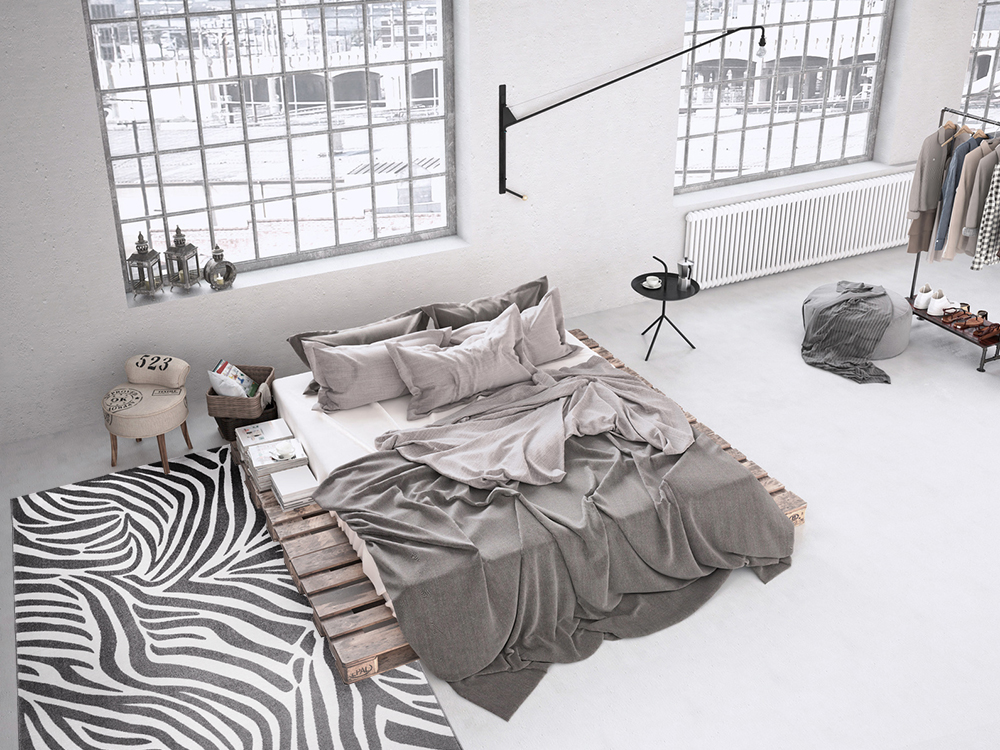
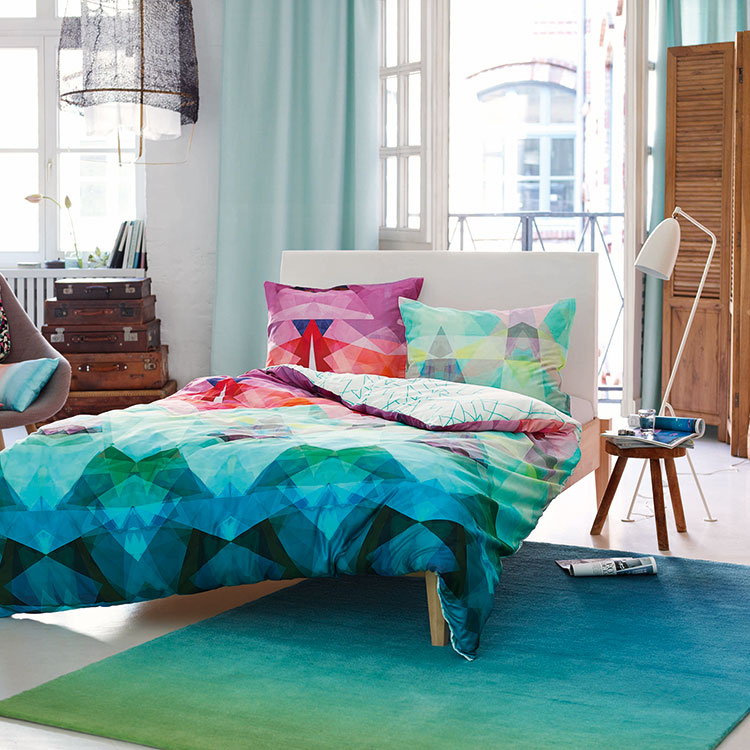
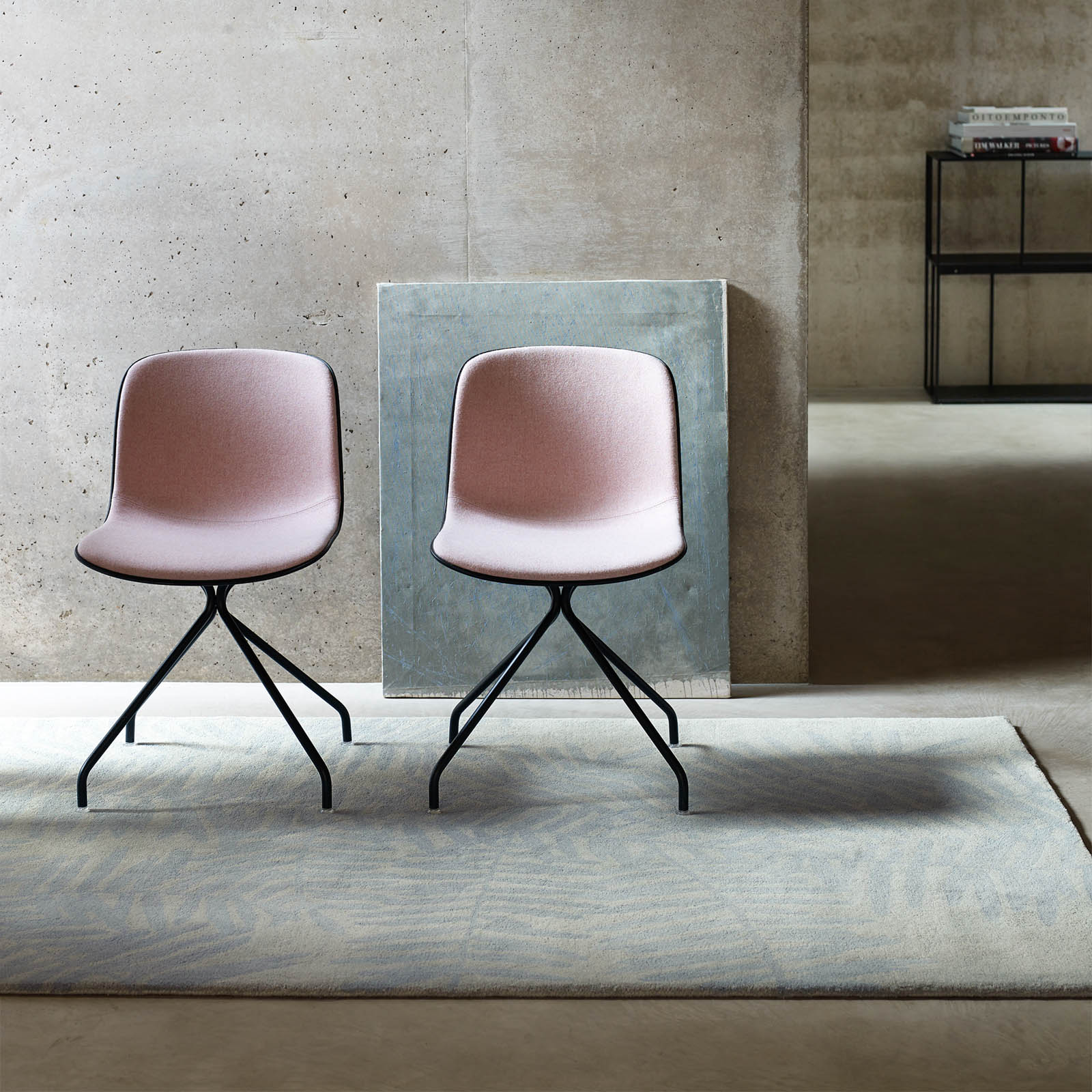
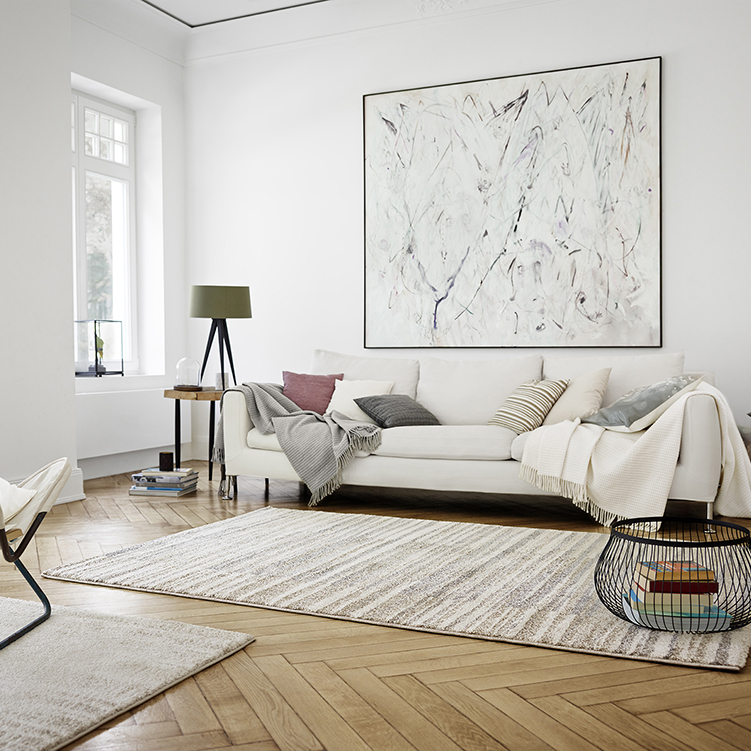
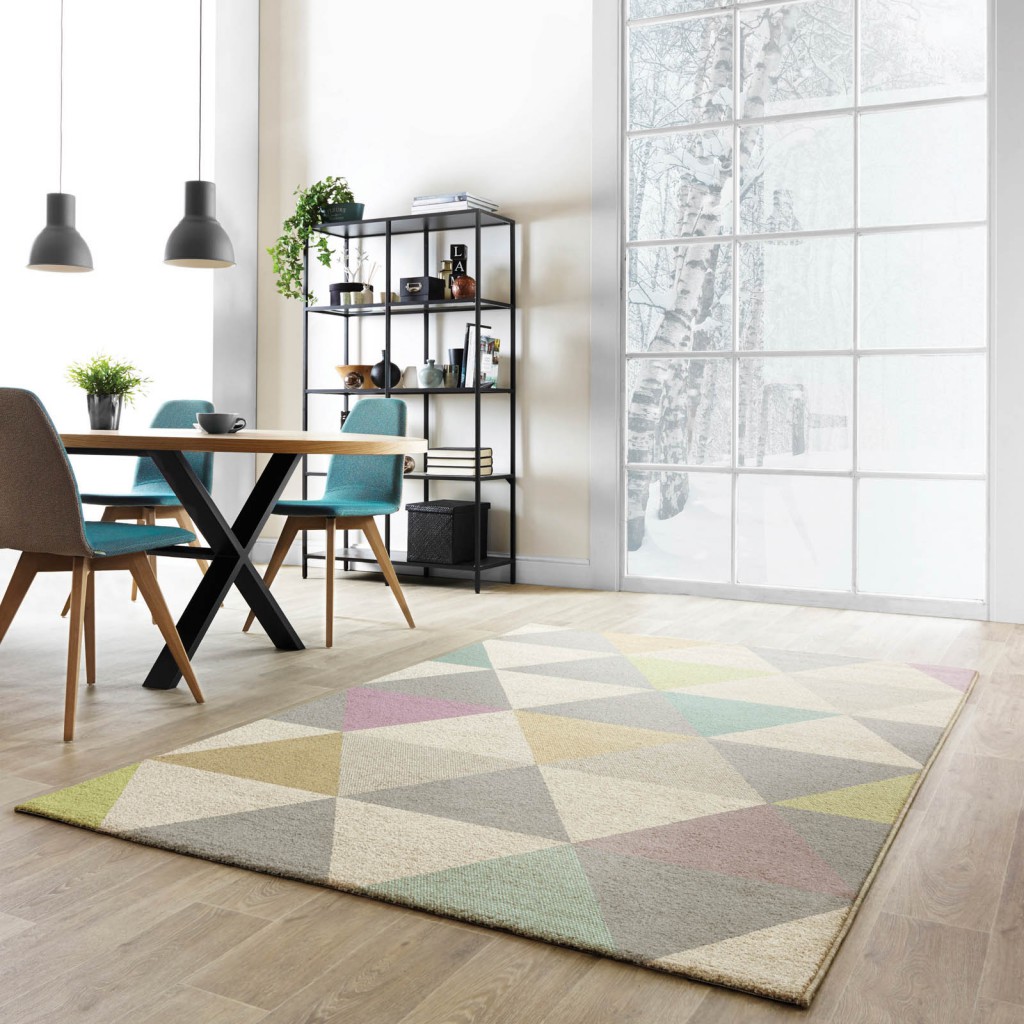

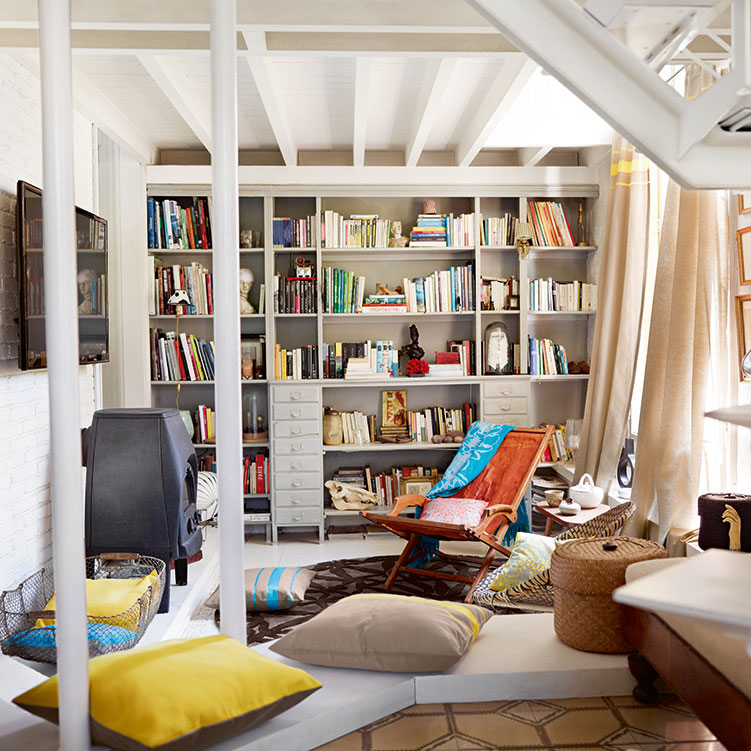
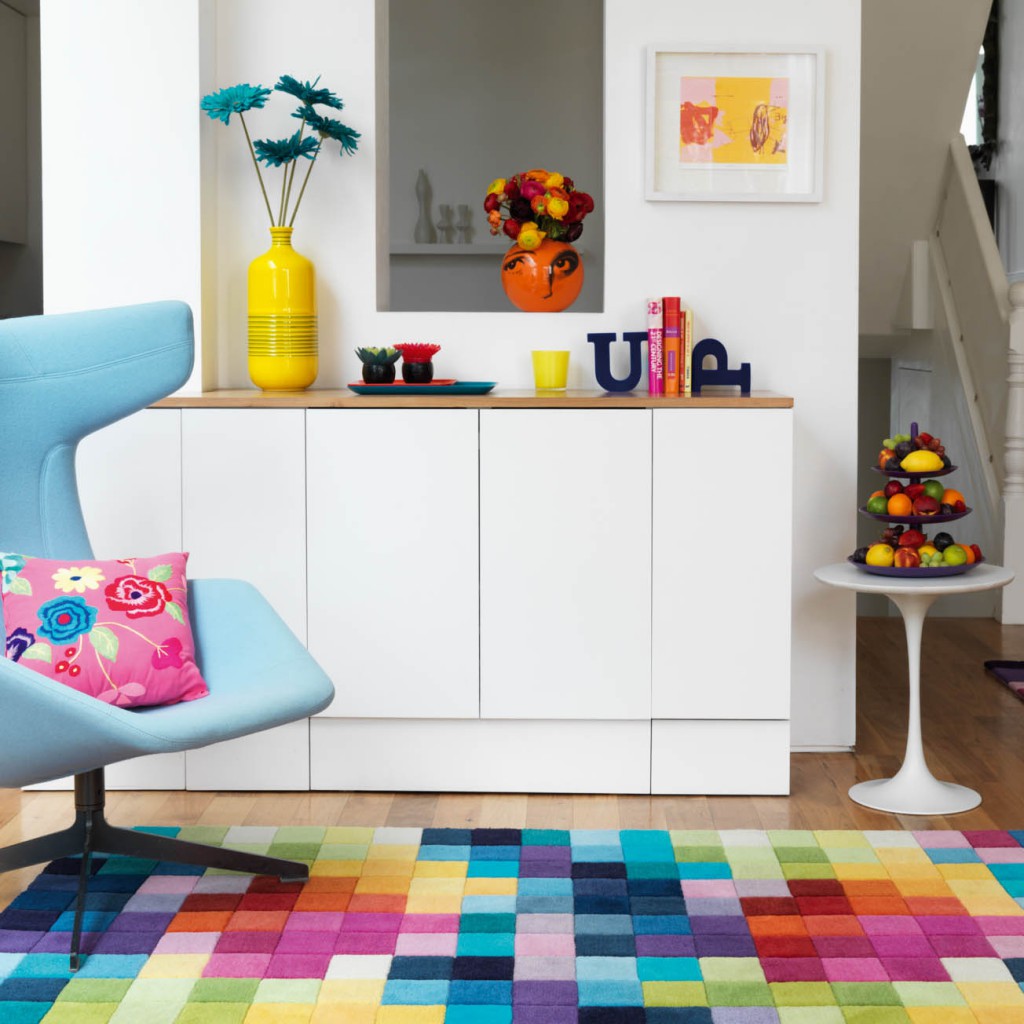
My wife tell me for this stunning article! It’s so informative. Thank you a lot for sharing! I will continue to follow your cool website 🙂
Thanks For Your valuable posting, it was very informative.